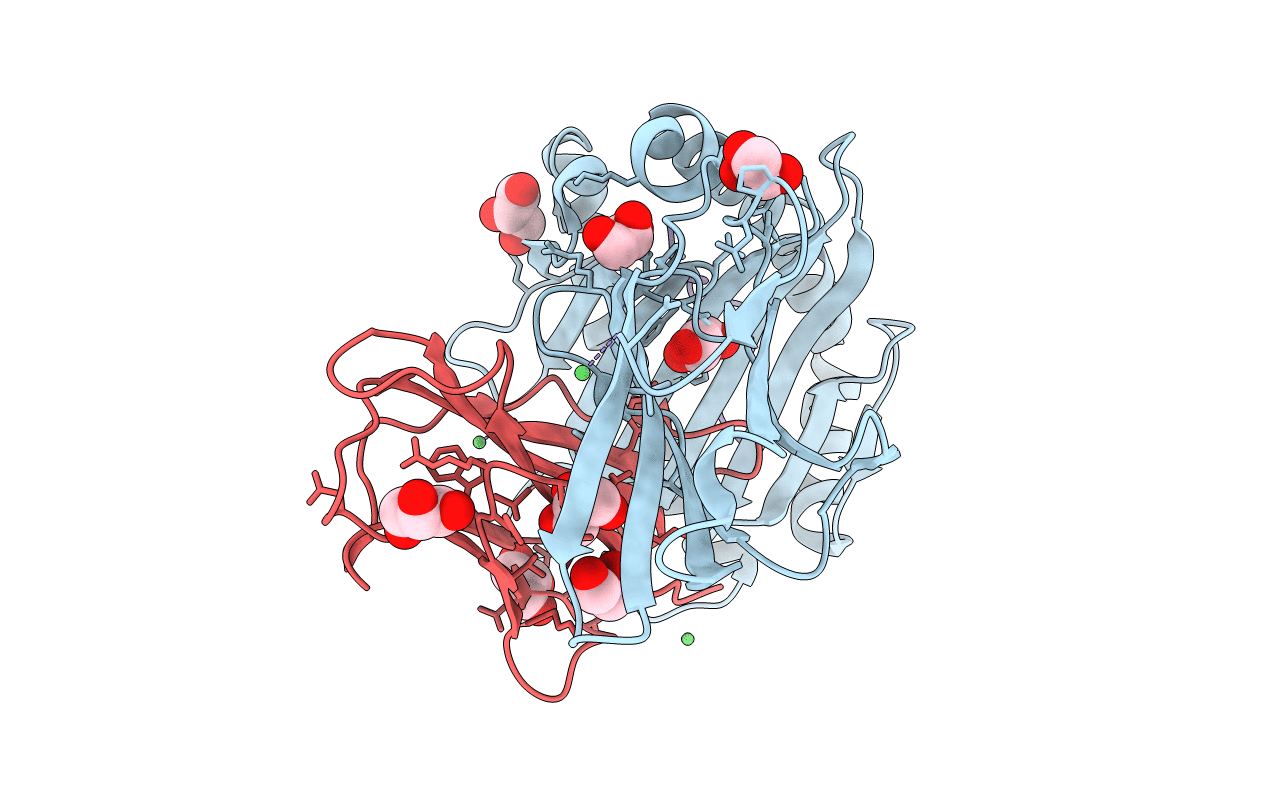
Deposition Date
2012-01-04
Release Date
2012-11-21
Last Version Date
2024-11-20
Entry Detail
PDB ID:
3VCL
Keywords:
Title:
Crystal Structure of HLA-B7 with the HCMV pp65 peptide RPHERNGFTVL
Biological Source:
Source Organism:
Homo sapiens (Taxon ID: 9606)
Human herpesvirus 5 (Taxon ID: 10359)
Human herpesvirus 5 (Taxon ID: 10359)
Host Organism:
Method Details:
Experimental Method:
Resolution:
1.70 Å
R-Value Free:
0.21
R-Value Work:
0.18
R-Value Observed:
0.18
Space Group:
P 41 21 2


